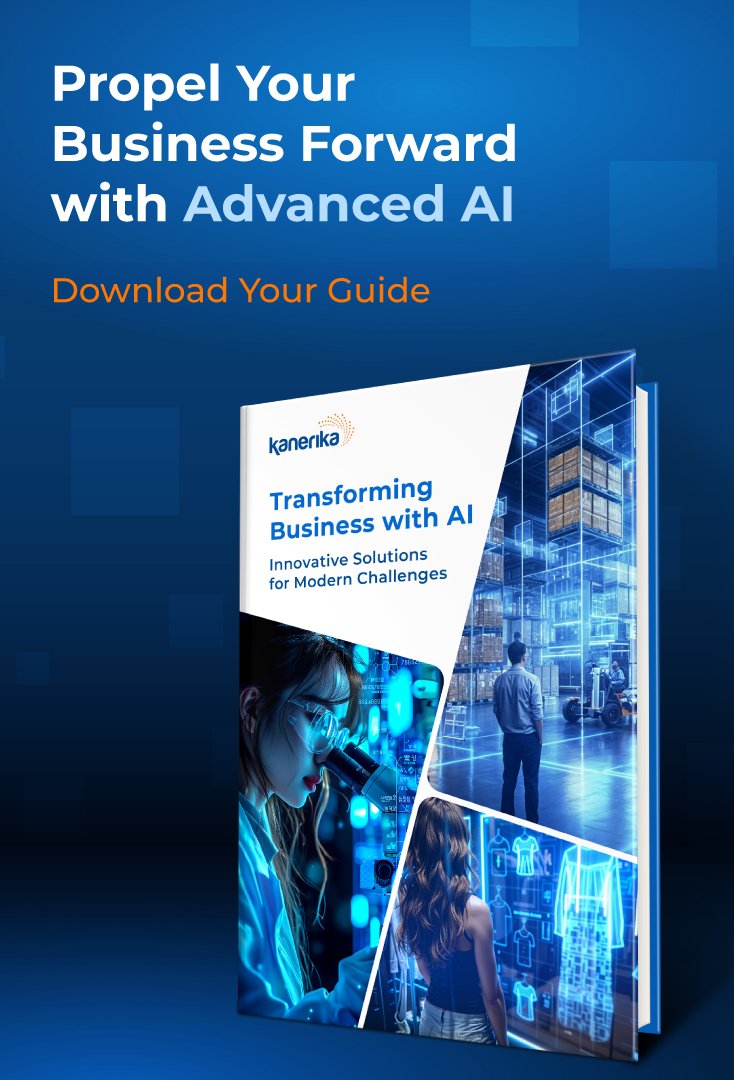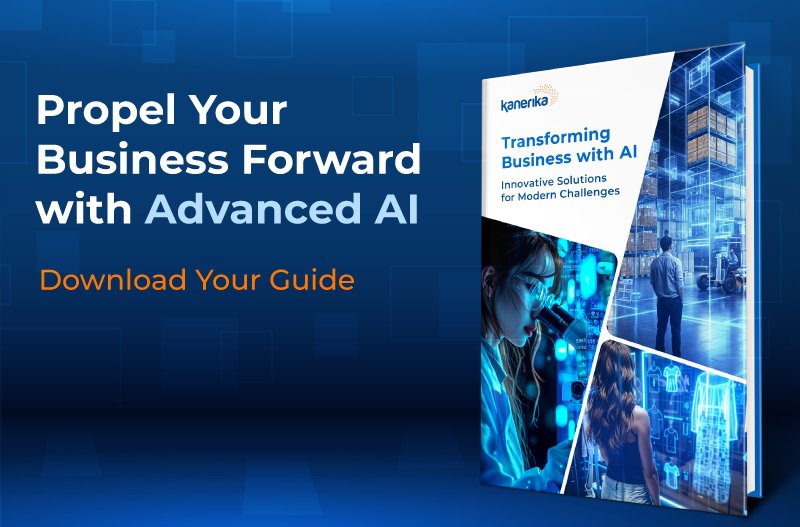Machine Ethics
What is Machine Ethics?
Machine Ethics is a rapidly progressing field that aims at establishing concepts and rules for responsible development and use of AI. In a world where robots help doctors in complex surgeries, self-driving autos drive across busy urban areas, and AI assistants control our daily timetables. These strides in Artificial Intelligence (AI) have the capacity to enhance our lives immensely. AI requires moral direction to ensure that its acts are not biased, ethical and are also benign.
Why Machine Ethics Matters
Ethics serve as guiding principles for decision-making, enabling us to navigate through complexity to distinguish wrong from right. Making moral judgments involves an ongoing process by humans. However, for AI systems, it’s based on the data they’re trained on, which helps them make decisions. This is problematic if this training data has biases because then the AI might make unfair or even discriminatory assumptions.
Take, for example, an AI system used to approve loans. Suppose loan applications made by borrowers of a specific demographic with high incomes and good credit ratings dominate the training data. In that case, other applicants from different backgrounds may be discriminated against unknowingly by AI. This highlights how objective-looking artificial intelligence systems may reinforce societal prejudices.
To prevent such situations, Machine Ethics aims at ensuring that:
- Fairness: Every person should be treated equally by AI systems when making decisions regardless of their race, gender, and age, among other irrelevant factors
- Transparency: We need to understand how AI makes its choices. This builds trust while holding it accountable for what it does.
- Accountability: Users need to take responsibility for actions performed using AIS, as accidents may happen due to misuse.
The Building Blocks of Ethical AI
Now let us delve into some key concepts that form the basis for Machine Ethics:
- Ethics in AI: Integrating ethical values into AI development spans design, training, deployment, and ongoing use. Unlike human ethics, machine ethics sets clear behavior criteria for AI. This involves developing ethical decision-making models and algorithms that detect biases. It ensures AI’s behavior aligns with ethical standards. Transition words like “unlike” and “ensures” help convey these points clearly.
- Moral Decision Making: When an automated car faces a critical situation, it must decide quickly. It can either swerve off-road to avoid hitting pedestrians or continue driving, risking a crash. Machine ethics guides such decisions by prioritizing human life over everything else. This principle may lead to sacrificing the vehicle and its occupants. Ethical guidelines ensure AI systems make decisions that align with moral values. These decisions reflect a commitment to safety and human well-being.
- Autonomy and Agency: AI currently lacks full autonomy; however, discussions address its potential agency. The debate centers on ethical implications and the AI’s ability to make independent choices. It remains unclear whether AI can learn and adapt autonomously or adhere to ethics. These complex issues in machine ethics demand ongoing attention amid technological progress. As AI advances, understanding its potential autonomy and ethical implications becomes crucial.
Frameworks for Guiding AI Development
AI systems can also be guided by frameworks just like human beings follow ethical principles so as to ensure responsible decision-making. Some prominent approaches in Machine Ethics include:
- Utilitarianism in AI: This approach is based on the maximization of happiness and wellbeing in general terms. Consider an AI system controlling traffic flow within a city. The utilitarian approach prioritizes keeping most cars moving with minimal disruption, even if it involves sending some drivers through detours they don’t prefer. However, defining “well-being” and avoiding prioritizing one group’s interest over others present challenges. Solutions must balance efficiency and fairness to address these concerns.
- Deontological Ethics: In this case, importance is given to following specific rules regardless of what may happen thereafter. An AI-powered healthcare system prioritizes patient safety by avoiding high-risk treatments. However, this approach may lack flexibility in complex cases where exceptions become necessary.
- Virtue Ethics: This deals with developing “good character” in machines, such as fairness or honesty in the programmed AI interface. Although still being developed, virtue ethics might imply conforming AI behaviors towards positive human values too. Let us say an assistant simply not only helps you schedule your day but also reminds you about values to follow in making your decisions based on ethics.
Challenges
Machine Ethics is a complex field with several challenges that need to be addressed:
- Bias and Discrimination: AI systems can have biases passed down from the data on which they were trained. This leads to cases of bias such as an AI resume screening tool ignoring the qualified candidates due to their name or education background. To mitigate this, there is a need for careful selection of data, using diverse datasets that represent the real world, and developing algorithms that can identify and neutralize bias in training data.
- Accountability and Responsibility: Who should be accountable for actions of these sophisticated AI systems? The developer who designed it may be blamed, or maybe the company employing it, or even the AI itself. Machine ethics frameworks must address this question in order to ensure clarity on which entity is answerable for actions arising from its choices by assigning responsibility through establishing legal and regulatory frameworks whereby accountability towards unintended consequences caused by artificial intelligence are realized.
- Transparency and Explainability: Numerous AI systems are like black boxes- we know that they make decisions, but it can be challenging to understand how they got there. This lack of transparency can be problematic, especially when ethical considerations come into play. In fact, machine ethics promotes explainable AI to the extent that we can understand why it took certain decisions in a given context; for instance, this might involve building AI models that humans can comprehend by explaining their thinking processes.
- The Evolving Nature of AI: Given the constantly evolving nature of AI technology, new challenges may emerge as AI capabilities continue to rise. Machine ethics cannot be a one-time consideration; instead, it has to evolve with the emerging ethical concerns about AI. For example, ongoing research and collaborations between ethicists, policymakers, and developers should ensure that ethical principles are integrated into the development and use of artificial intelligence at all times.
Importance of Machine Ethics in Various industries
- Autonomous Vehicles: Vehicles capable of driving themselves must sometimes make on-the-spot choices involving moral dilemmas. If defined adequately by machine ethics, these vehicles must prioritize safety among passengers and other road users, including pedestrians. For example, an ethical autonomous car might swerve to avoid striking a pedestrian even if it knows doing so will damage the vehicle because human life is more important than property.
- Healthcare AI: Analyzing medical scans using artificial intelligence algorithms is becoming increasingly popular while its application in diagnosis and treatment options’ suggestions is taking shape too. It therefore follows that machine ethics play a crucial role in ensuring fair healthcare systems powered by artificial intelligence that are not biased but respect patients’ rights (privacy). This could include avoiding racial discrimination by AI algorithms when diagnosing or suggesting treatment methods.
- Surveillance and Security: Using facial recognition systems powered by artificial intelligence raises privacy concerns. In fact, machine ethics helps define responsible usage of AI in surveillance systems, balancing security and individual privacy rights. For example, this might include creating rules for how AI-driven surveillance should be used and ensuring that it is done so transparently.
The Future of Machine Ethics
With the continuous evolution of AI technologies, the need for Machine Ethics becomes even more pressing. This will necessitate ongoing collaboration between researchers, ethicists, policymakers and developers of AI solutions. Thus, when we come together, it is possible to have AIs developed and utilized responsibly, thereby shaping a future that embraces fairness and legitimacy as humans and machines coexist.
Conclusion
Machine Ethics is a conversation that is still in progress and something that concerns all individuals, without exception. As we continue interacting with AI in our daily lives, we must acknowledge its ethical implications. By appreciating the issues at stake in relation to Machine Ethics, everyone can contribute towards shaping a future where humanity shares technology with machines adequately and appropriately.





